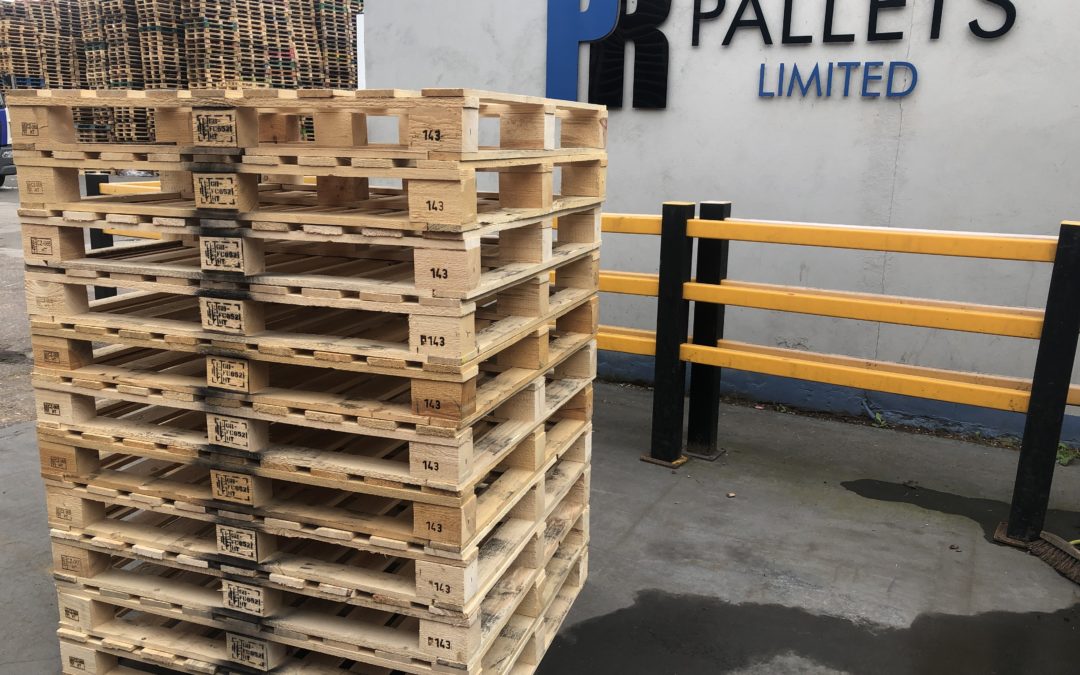Heat treated pallets are essential for all wooden packaging materials used as part of international shipments. Heat treated pallets not only ensure the safety of the product being shipped but also the environment of the shipment’s destination.
In this article, we take a look at the process of heat treating wooden goods, and why it’s needed.
Why Do We Heat Treat Pallets?
In order to ship goods internationally, wooden packaging materials (including pallets) must be heat treated in order to comply with ISPM15 regulations, which you can read more about here.
Wood is a durable and renewable material that’s ideal for constructing pallets. However, due to the conditions of where trees are grown; the ground, the air and water it absorbs and the plethora of pests that inhabit the tree, can all contaminate the wood. These embedded pests are easily transported from one area of the world to another in the wooden pallet they inhabit. This can potentially have a devastating impact on foreign ecosystems, and due to the volume of wooden packaging being shipped around the world, an internationally agreed check ensures there are no harmful bugs left in the timber.
How Do We Heat Treat Pallets?
In order to comply with ISPM15 regulations, heat treated pallets are heated to a core temperature of 56ºC for a minimum period of 30 minutes. After this is complete, the pallet is stamped with a globally recognised image which allows for more efficient transportation of goods. The heat treated pallets can now be used to ship goods internationally.
How Do I Know If I Have a Heat Treated Pallet?
Adopted by 14 countries across the globe and the entire European Union, ISPM 15 covers all forms of wooden packaging (including dunnage). The standard requires de-barking the wood, heat-treating it, and stamping it with the mark of compliance. The IPPC (International Plant Protection Convention) stamp is split up into the following components:
Symbol: The ‘wheat stamp’ must be on the left of the other components and shows the IPPC mark.
Country Code: The country code is the ISO (International Organisation for Standards) two-letter country code (shown below as GB). Next to this is the unique registration number for the company that applied the treatment.
Treatment Applied: Below the country code shows the treatment applied: DB-HT (debarked and heat treated) or DB-MB (debarked and fumigated with Methyl Bromide).

It’s also possible to heat treat Euro or EPAL pallets too.
Heat Treated Pallets from PR Pallets
PR Pallets were one of the first companies in the UK to start manufacturing heat treated pallets, and we proudly have over 10 years of experience doing so. With the international certification necessary, we are able to heat treat any pallets or timber that you need to export. We can even provide you with documentary evidence (ISPM15 Certificate) with any order.
For more information, please call the team today on 01992 761 116.

Recent Comments